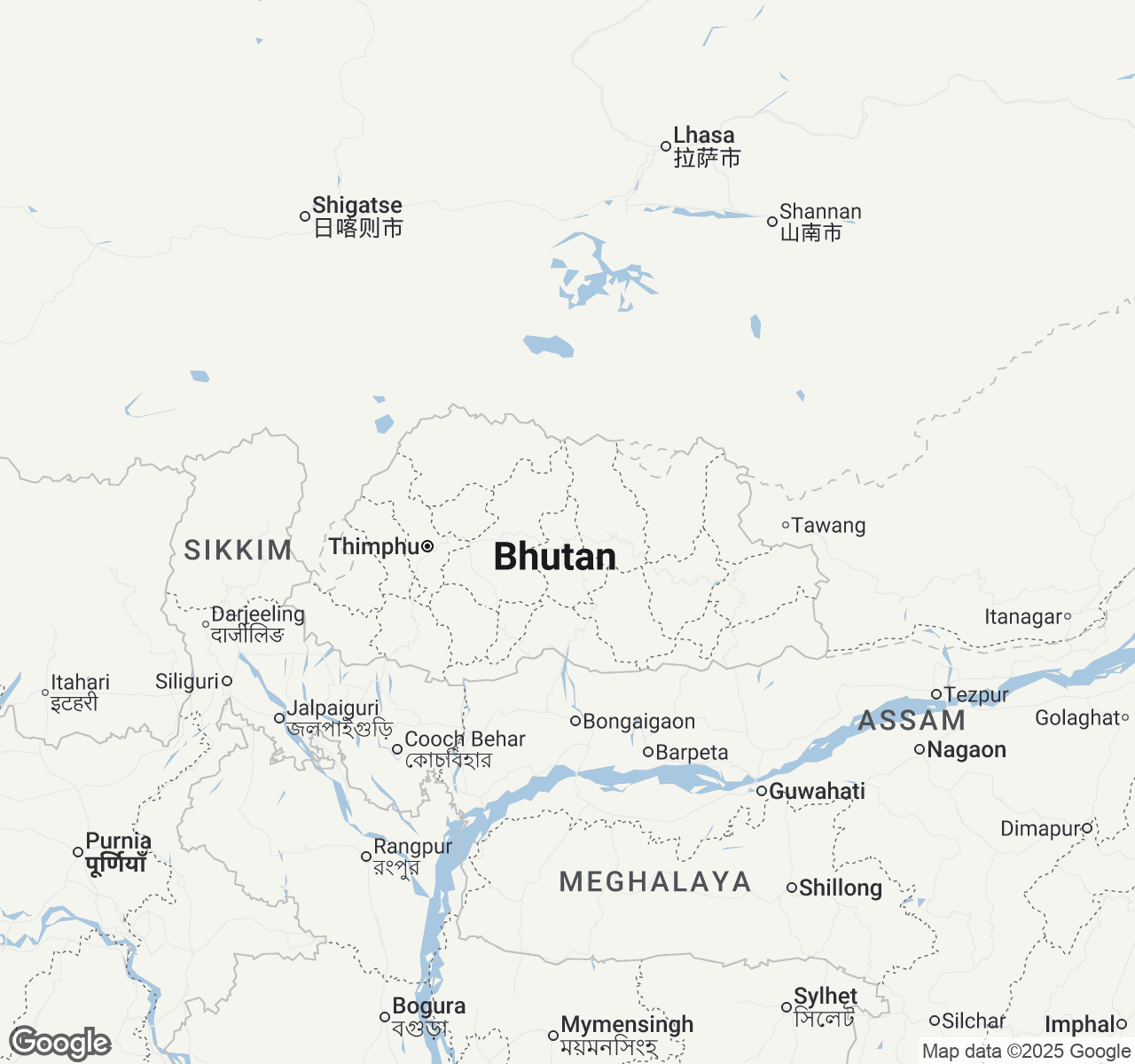
Things to Do in Bhutan
Discover the best of Bhutan
Plan Your Trip
Essential guides for timing and budgeting
Top Things to Do in Bhutan
Discover the best activities and experiences. Book now with our trusted partners and enjoy hassle-free adventures.
Your Guide to Bhutan
About Bhutan
Where the Himalayas touch the clouds and happiness is measured not in wealth but in well-being, Bhutan emerges as the world's last great Shangri-La. This mystical kingdom, carbon-negative and fiercely protective of its traditions, reveals itself like a carefully preserved manuscript—each dzong fortress and prayer flag telling stories of a civilization that chose preservation over progress. Here, monks in crimson robes walk paths worn smooth by centuries of pilgrims, while the scent of juniper incense mingles with mountain air so pure it seems to cleanse the soul. The Land of the Thunder Dragon operates on its own enchanted timeline, where Gross National Happiness takes precedence over GDP, and every sunrise over the peaks of Paro or Thimphu feels like witnessing the world's first dawn. This is a place where spirituality isn't practiced—it's breathed, where ancient wisdom whispers through rhododendron forests, and where the journey inward becomes as transformative as the impressive landscapes that unfold at every turn.
Travel Tips
Transportation: All tourists must book through licensed tour operators who arrange mandatory guides and transportation. Domestic flights connect major cities, but road travel offers impressive scenery. Expect winding mountain roads with frequent stops—motion sickness medication recommended.
Money: The Bhutanese ngultrum equals the Indian rupee (1:1). Carry cash as ATMs are limited outside Thimphu and Paro. Credit cards accepted only in high-end hotels and shops. US dollars work for tips and emergencies.
Cultural Respect: Remove shoes before entering temples and dzongs. Don't point feet toward altars or statues. Photography inside religious buildings often prohibited—always ask first. Dress modestly; avoid shorts and revealing clothing, especially at religious sites.
Food Safety: Stick to bottled water and cooked foods. Try local chilies (ema datshi) gradually—they're extremely spicy. Avoid raw vegetables and street food. High-end hotels and tour operator-recommended restaurants maintain good hygiene standards.
When to Visit
Bhutan's dramatic altitude variations create distinct seasons perfect for different experiences. Spring (March-May) brings rhododendron blooms and clear mountain views, with temperatures ranging 15-25°C in valleys, though nights remain cool. This peak season sees 20-30% higher accommodation rates. Autumn (September-November) offers crystal-clear skies, comfortable 10-20°C temperatures, and harvest festivals, making it ideal for trekking and photography—expect premium pricing similar to spring. Winter (December-February) transforms Bhutan into a serene wonderland with temperatures dropping to -5°C at higher elevations, but sunny days in valleys reach 15°C. Accommodation costs drop 40-50%, making it budget-friendly despite cold nights. Summer monsoon (June-August) brings heavy rainfall (200-300mm monthly) and misty landscapes, with warm temperatures (20-30°C) but frequent afternoon showers—rates are lowest, dropping 50-60%. Major festivals include Paro Tsechu (March/April), Thimphu Tshechu (September/October), and Punakha Drubchen (February/March). Photography enthusiasts should choose autumn for clarity, while budget travelers benefit from winter's lower crowds and costs. Trekkers should avoid monsoon season but will find spring and autumn ideal for high-altitude adventures.

Bhutan location map